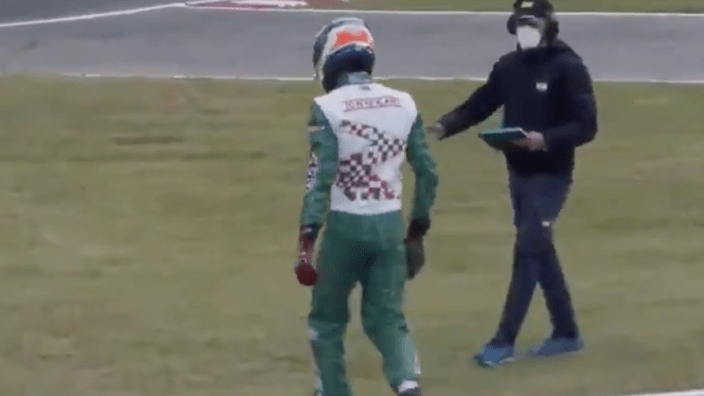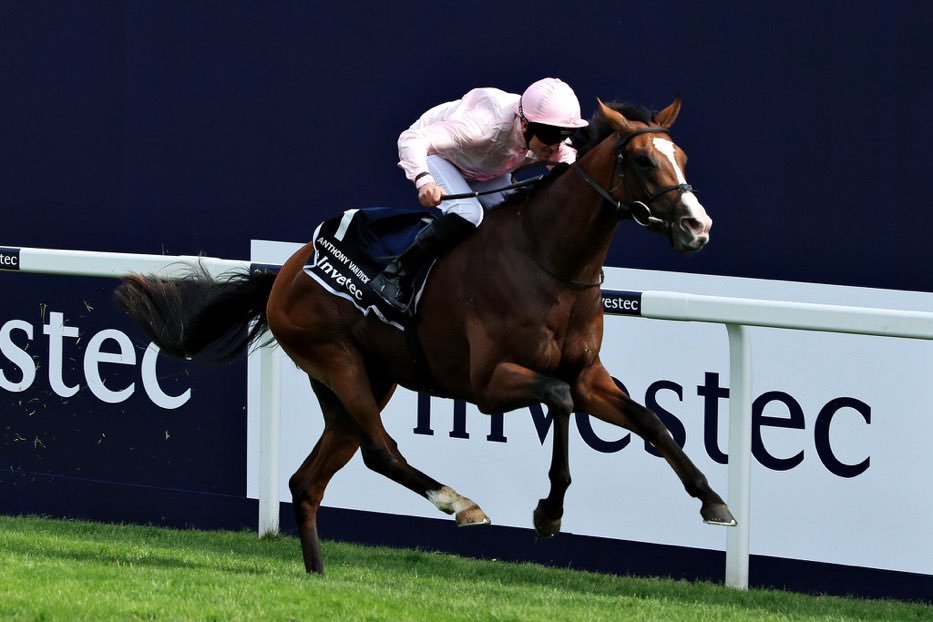This year has been a dystopia on everything, not just tennis. But this years’ US Open was especially a dystopia for two reasons.
The first one is quite obvious: the empty grandstands and the health-related policies.
Second, the absence of the world’s top players on the singles able-bodied divisions. Is this how a parallel timeline of tennis would have looked like?
Men’s singles tennis has been dominated by three names in this century; they don’t even need to be mentioned.
Since 2004 only one time someone else has topped the ATP and ITF end-of-year rankings (Andy Murray (SCO), 2016) and since 2003 they have dominated the Grand Slam scene, taking 56 of 66 Singles wins.
They are potentially the most successful triumvirate in history of sport. And their reign is not dead.
But we had a glimpse of what an alternative timeline could have looked like. Dominic Thiem (AUT) became the first player in the Open era of the tournament (since 1949) to come back from being two games down and take the win. Not only that: it was on a fifth set tiebreak.
Do you know when was the last time that this happened at a Major tournament? In the 2004 French Open, right when the triumvirate was starting. Not having the triumvirate present also allowed Alexander Zverev (GER) to become the youngest finalist at a Grand Slam singles final since Novak Djokovic (SRB), in 2010.
It looks that in an alternative timeline without the triumvirate they are also having great tennis with exciting matches and great figures.
But never mind, I appreciate living in the timeline where Roger Federer (SUI), Rafael Nadal (ESP) and Novak Djokovic have given us some of the greatest matches in history of tennis, such as the 2008 Wimbledon Championships Final (watch: Wimbledon), when Nadal defeated Federer 6–4, 6–4, 6–7(5–7), 6–7(8–10), 9–7; or the 2012 Australian Open, when Djokovic defeated Nadal 5–7, 6–4, 6–2, 6–7(5–7), 7–5 (watch: Australian Open).
It was fun for a few days, anyway!




